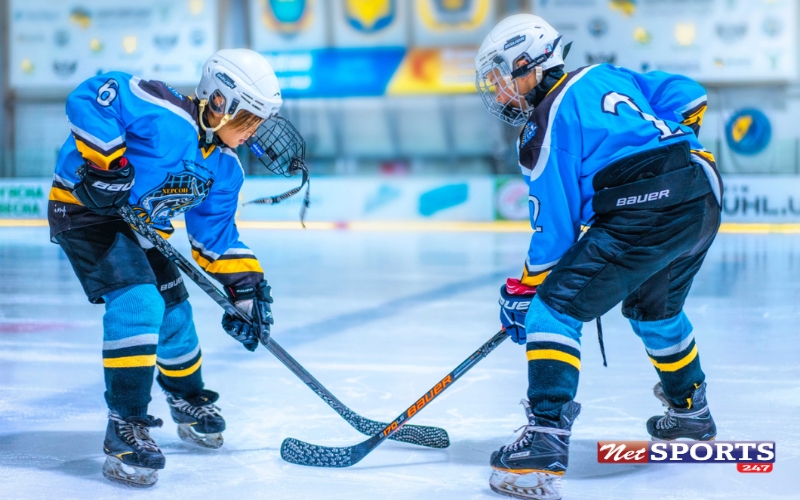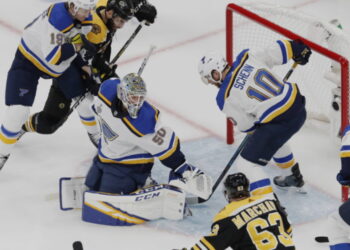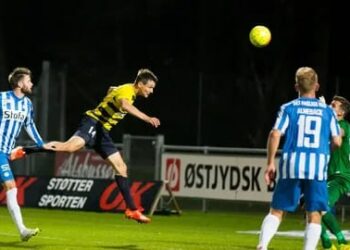Hockey is an exciting game. But sometimes, it can be confusing, especially when you hear terms like power play. Many beginners ask, “What is a power play in hockey?” or wonder, “Can hockey end in a tie?” Understanding these rules can make the game more fun to watch and play.
n this article, we will explain what a power play in hockey is. We will also look at its different types, positions, goals, and even examples of the biggest power play in hockey. Finally, we will answer whether hockey games can end in a tie. By the end, you will clearly understand these terms and rules.
Preview: We will cover power plays in ice hockey, floor hockey, and field hockey. We will explain the key positions in a power play. You will also see simple tables and examples to make it easy to learn.
What is a Power Play in Hockey?
A power play in hockey happens when one team has more players on the ice. This happens because a player from the other team is in the penalty box. The team with more players has a better chance to score a goal.
Power Play in Hockey Definition:
- One team has more players than the other.
- The other team is “shorthanded.”
- Power plays are usually for 2 to 5 minutes depending on the penalty.
Power Play in Hockey Explained:
- Minor penalties last 2 minutes.
- Major penalties last 5 minutes.
- If a team scores during a minor penalty, the player in the box can return to the ice.
- During a major penalty, the player must serve the full time even if a goal is scored.
Table: Power Play Types and Duration
| Type of Penalty | Duration | Ends if Goal Scored? |
|---|---|---|
| Minor | 2 min | Yes |
| Double Minor | 4 min | Partially |
| Major | 5 min | No |
Power Play Positions in Hockey
During a power play, players have special roles. These are called power play positions in hockey.
- Point Players: Usually defenders. They stay near the blue line. They take long shots and pass the puck.
- Slot Players: Forward players near the goal. They try to score from close range.
- Wingers: They move along the sides. They pass and create space.
- Center: Controls the puck and makes the main passes.
Example Table: Power Play Formation
| Position | Role in Power Play |
|---|---|
| Point Players | Shoot from blue line |
| Slot Players | Score near the goal |
| Wingers | Support and pass |
| Center | Control puck and assist |
Best Power Play in Hockey
The best power play in hockey is usually the one that scores goals consistently. Teams plan it carefully with fast passes and smart positions.
Some famous examples are:
- Teams that score during almost every power play chance.
- Teams with strong power play goals in hockey from all positions.
The biggest power play in hockey can also refer to the longest period of scoring while the opponent is shorthanded. This can be very exciting for fans.
Read Also: How Long Does a Hockey Game Last?
Power Play in Floor Hockey and Field Hockey
Power plays are not only in ice hockey. They exist in other hockey forms:
- Power Play in Floor Hockey: The rules are similar to ice hockey. One team has extra players. Players try to score while the other team defends.
- Power Play in Field Hockey: The term is used for extra players on one side. This usually happens when a team gets a penalty or a green card.
Even in games like power play air hockey or power play air hockey table, the idea is the same. One player or team gets an advantage for a short period.
Power Play Goals in Hockey
A power play goal in hockey happens when the team with extra players scores. These goals are very important. They can change the flow of the game.
Tips to score power play goals in hockey:
- Pass quickly between positions.
- Move the puck to create open space.
- Take shots from the point if no clear path to goal exists.
Many times, a team with a strong power play will win matches because they can score even when both teams are evenly matched during regular play.
Can Hockey End in a Tie?
Many beginners ask if hockey can end in a tie. The answer depends on the league:
- NHL Regular Season: Hockey games cannot end in a tie. If the score is tied, there is an overtime of 5 minutes with 3-on-3 players. If still tied, a shootout decides the winner.
- NHL Playoffs: Games cannot end in a tie. Overtime continues until one team scores.
- Field Hockey: Some competitions allow ties in group matches. Knockout matches usually use extra time or shootouts.
- Floor Hockey & Youth Hockey: Some local leagues allow ties. Others use overtime depending on the rules.
Table: Can Hockey End in a Tie?
| Type of Hockey | Tie Allowed? | Notes |
|---|---|---|
| NHL Regular Season | No | Overtime + shootout |
| NHL Playoffs | No | Continuous sudden-death overtime |
| Field Hockey | Sometimes | Depends on tournament rules |
| Floor Hockey / Youth | Sometimes | Local rules may allow |
Summary
- A power play in hockey is when one team has more players due to penalties.
- Power play positions include point, slot, center, and wingers.
- Teams try to score power play goals in hockey using quick passes and smart positioning.
- The best power play in hockey is efficient and scores most opportunities.
- Power plays exist in floor hockey, field hockey, and air hockey tables.
- Hockey ties depend on the league. NHL does not allow ties, but some amateur or field hockey games can end in a tie.
Understanding what is a power play in hockey and whether hockey can end in a tie makes watching the game more fun. Fans can notice strategies, goals, and the importance of penalties.














